A Christmas Gift From Adam Ondra - Just Do It (14c) Onsight Footage with Commentary
It’s the holidays, so I wouldn’t blame you if you’ve been spending time with family and haven’t yet seen this video. However, unless your Aunt Martha and her fruitcake can give you this kind of glimpse into the mind of the best climber on the planet during one of the hardest onsights ever done, you should drop what you’re doing and watch.
Pretend you have to go to the store for something. Or you just can’t take the kids yelling for one more second. I don’t really care what the excuse is - just escape your family and the normal instagram scrolling for 20 minutes - and WATCH (and listen to) THIS VIDEO.
I think we’re well past the argument about whether or not Adam Ondra is the best climber the world has ever seen. Along with the hardest redpoints, he’s also the king of hard onsights. In this video Adam does a brilliant job as narrator for his own remarkable feat - giving us a very emotional and palpable commentary. He tells you what he was thinking on the wall - how he processes sequences, nerves, even numbing out.
Frankly, this could be any one of us. On ANY grade onsight.
That’s what makes this so compelling for me. Partially as an exercise in my own study of high level climbing, and partially to help you see past your own biases to things you might have missed, I’ve broken down what I find most interesting about Adam’s commentary.
:10. Adam immediately gives us a glimpse into what motivates him when he says “the harder the better.” He knows it could end up in failure. That’s part of the allure for him - it’s more interesting when it’s more difficult to do.
1:20. This is GOLD. Adam gives all of us - at any level - a tutorial on the mindset for a successful onsight attempt. He goes deep into the risks of low percentage moves and the commitment required. The necessity of making quick decisions that may result in a fall. Ultimately, Adam decides that while a move may appear to be risky - it’s these risks that actually give us a chance to do difficult onsights at all. Not being perfect - taking risks.
4:00. This is hugely important. While it might just sound like a recounting of the route’s history, it immediately segues into Adam’s excitement and motivation to try the onsight. The history is part of that excitement. He knows that conditions aren’t quite right for the attempt, and the locals actually try to talk some sense into him, but his excitement and curiousity override logic. Interestingly, Adam acknowledges that this excitement and curiousity - his DESIRE to TRY this onsight - actually reduces the pressure to succeed. He just NEEDS to touch these holds and experience the history.
6:23. Adam is entering what he calls the “2nd hard part of the first section”, and gives us a taste of one of the common themes of his commentary - managing expectations. We’ll talk more on that later.
7:03. Because sport climbing is so much more than just doing the crux, Adam discusses what he sees as a common error for climbers - not climbing well on the easier parts. For an onsight at this level (or a really hard redpoint for that matter) you have to climb all of it well - even the easier terrain.
8:09. We see expectations pop up again - and again, we’ll dig into that much bigger topic later. Adam also begins to discuss what he’s thinking about while resting and how he manages dealing with cold fingers vs. recovery. His thoughts at the rests become very interesting. Another point we’ll go into more later.
9:50. A detail as small as liking to climb in a sweatshirt or not is important to Adam, and he had a plan for it. He was going to remove it at a rest halfway up. Interestingly (to me anyway), this is the same spot where in the film Fast Twitch, Chris Sharma famously removes his T-shirt during the first American redpoint of Just Do It. - much to Dale Goddard’s dismay (something about him disrespecting the route). While Adam decides to keep the sweatshirt on, I find it fascinating that part of his original, from the ground plan was to remove it - and the generation before Sharma would never have considered removing their shirt on a redpoint (not to mention an onsight!) at this level.
11:40. Adam leaves the rest, acknowledging that he isn’t 100%. This might sound basic, but recognizing that you continue while not 100% fresh is a real hurdle for some people.
11:58. Immediately after leaving the rest Adam launches into GOLD part 2 - The ability to toggle between rest mode and fight mode. This is an important skill often overlooked by climbers looking to break into harder grades. He gives us an important trick later. Notice that in this section he says “I would have to be 100% ready”. READY. Not 100% fresh. Or 100% recovered. Just READY. He’s talking about switching mentally into a zone that is prepared to fight on what he expects will be difficult terrain.
15:06. In an important moment, Adam gives us one of his tricks for moving into that mental fight zone. It’s often talked about how his on route screams are essential for tightening the core and trying hard at key moments - much like a martial artist. Here, however, Adam is priming himself to try hard. These primal screams or grunts rev him up and get him where he feels he needs to be in order to fight.
15:54. Adam is surprised to find another rest, and immediately tells us the positive side of it. However, don’t forget that he had just discussed the difficulty of moving between rest and fight modes. He’d just gotten into fight mode - now he’s out of it with more fighting to go. He also somewhat glosses over another important tidbit here - that not all rests are dealt with equally. Previously he talked about focusing on warming up his fingers and recovering, because he knew the sequence above. Here he takes the opportunity to double check his intended sequence. It’s worth noting that Adam is such a high level onsight climber that he often resembles a redpoint climber. During hard redpoints, this is a tactic often used - a quick check of the sequence and then back to focusing on recovery.
16:51. This is the moment where it could have gone all wrong for so many people. Feeling good, feeling confident, and then the expectation of how a hold will be completely throws you off your game. For many people, commitment becomes a big issue here. Adam touches the hold once, moves from surprise to acceptance in less than 30 seconds, and commits to his intentions. It’s obvious that he’s fully back in fight mode, but don’t take that for granted. He’s practiced this many, many times.
18:03. The showdown, and another spot where it could have gone wrong. Adam retreats again when his intended sequence doesn’t work, but only briefly, and not allowing himself to drop out of fight mode and into indecision. It’s more clear here than anywhere else how much he wants this onsight.
18:30. With only a move left, he knows he isn’t going to fall, but also recognizes that he needs to take a quick rest. More than one person has blown an onsight in this situation, and Adam isn’t going to celebrate too early.
19:10. Chains are clipped and the real celebration begins. Complete unadulterated joy. Even though he has onsighted harder grades, you can see what this means to Adam.
EXPECTATIONS
One of the common themes throughout this commentary, and one that is hugely important on an onsight attempt, is managing expectation. Expectations are given a bad rap, but are a necessary part of any process. What’s key is being able to accept and adapt when things aren’t what you expected.
We see and hear Adam go through a whole range of expectations that we all will experience while we climb. He expected a no hands rest that he didn’t get. Several times he expected better holds. He admits that switching mental modes is one of the most difficult parts, and then is given an unexpected rest that could easily have thrown him out of fight mode.
At 6:23 he enters a crux that has a setup that is harder than he expects as well as a target hold that is worse than he expected. He acknowledges here that luck plays an important role in this section. Of course, as Louis Pasteur is often paraphrased, luck favors the prepared. No amount of luck was going to help Adam if he hadn’t fully committed.
REALIZE - ACCEPT - ADAPT
Adam goes through an important and repeatable process every time he encounters a surprise. Around the 8:40 mark, he discusses it at length when the no hands rest he expects never materializes. He admits that it put him out of his comfort zone when his expectation wasn’t met. He then quickly accepts it and refocuses. This acceptance is important. If you’ve ever watched someone (or done it yourself) touch a hold, realize it’s worse than they wanted, but then repeatedly touch it - HOPING that it somehow improves - you’re seeing someone who isn’t accepting. More often than not, this results in failure.
Over and over again, Adam very quickly accepts that his expectation was wrong, focuses on what he has the power to manage, and continues, having adapted his plan to fit reality. Maybe more than anything, this ability to continuously manage expectations is what makes for successful difficult onsights. Combine that with Adam Ondra’s next level abilities, his unwavering desire just to TRY, and you’ve got larger than life onsights like this one.
The edited version, with closer shots and footage of conversation with route author Alan Watts.



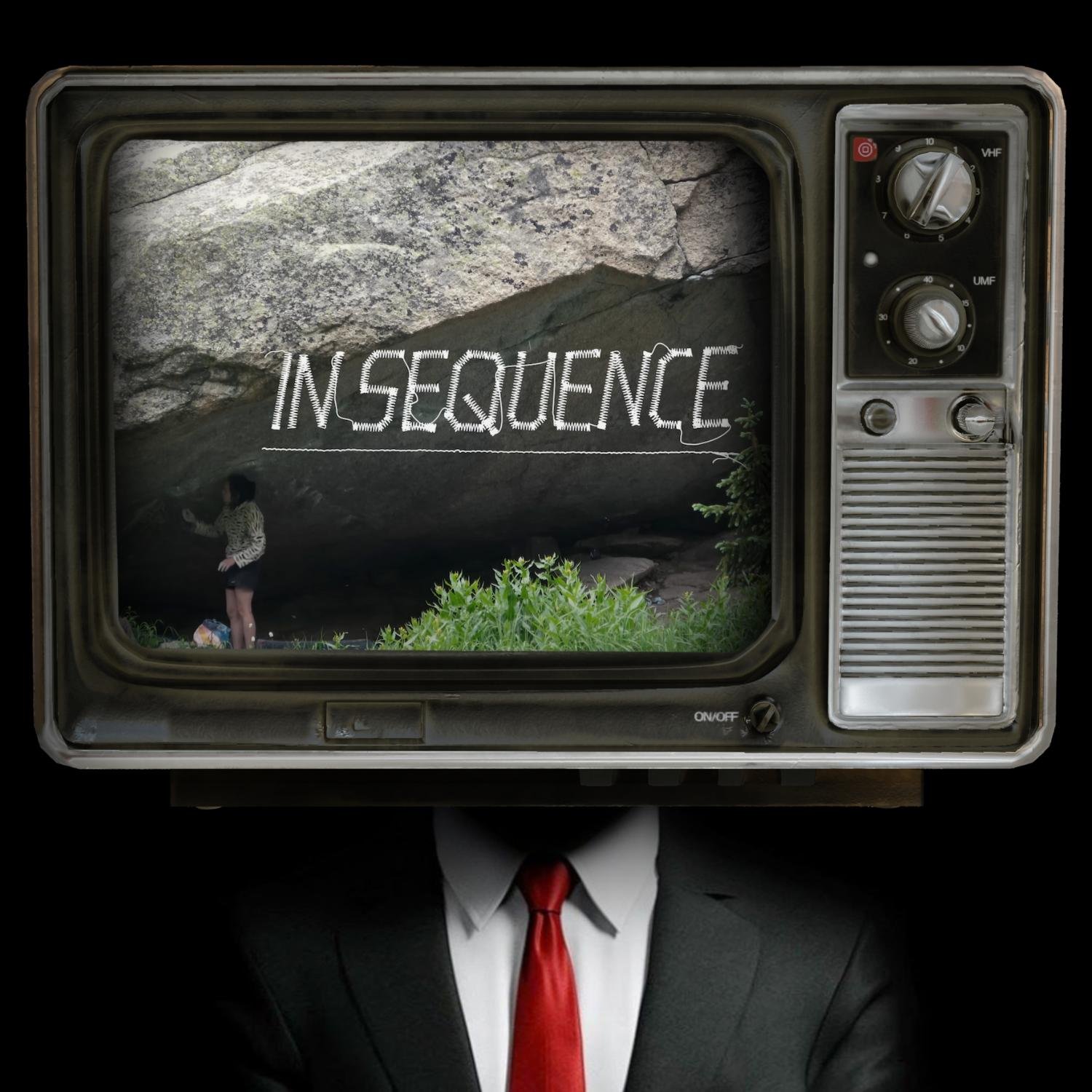
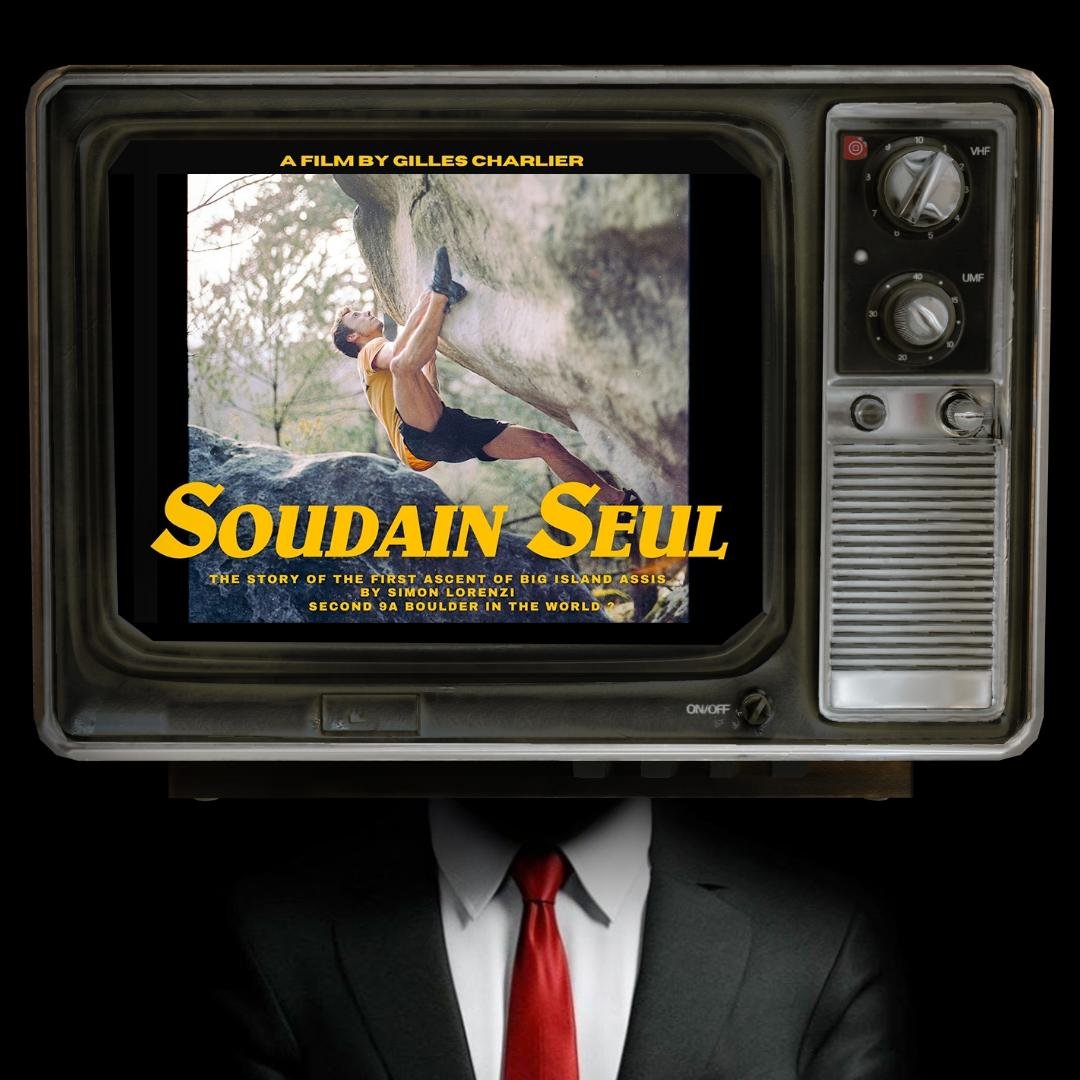
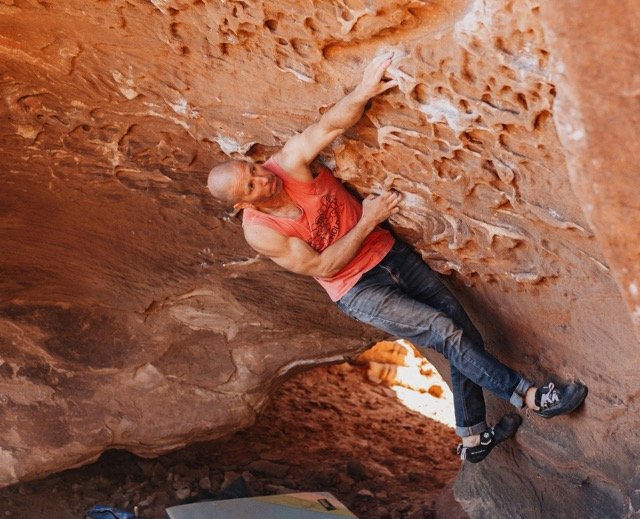

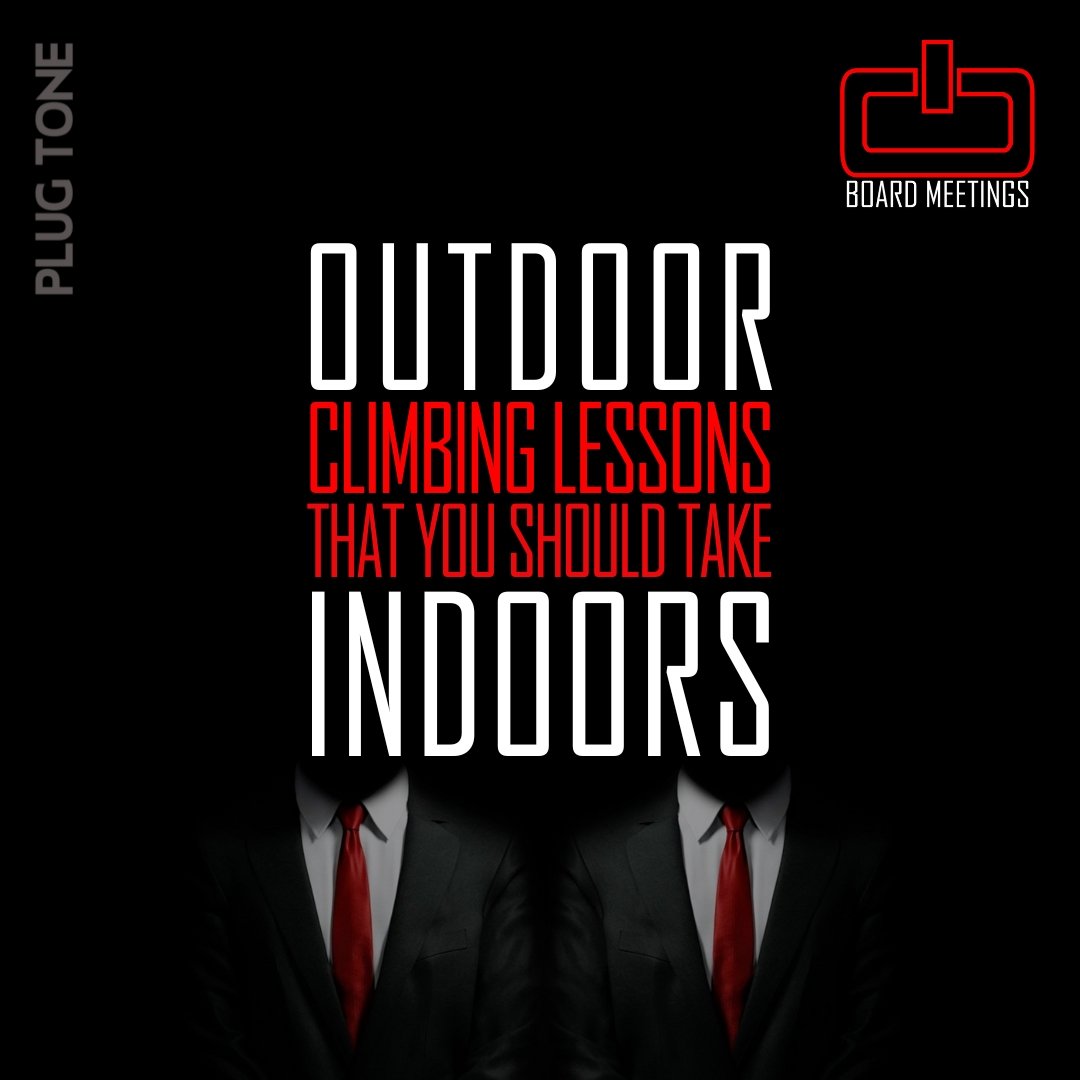

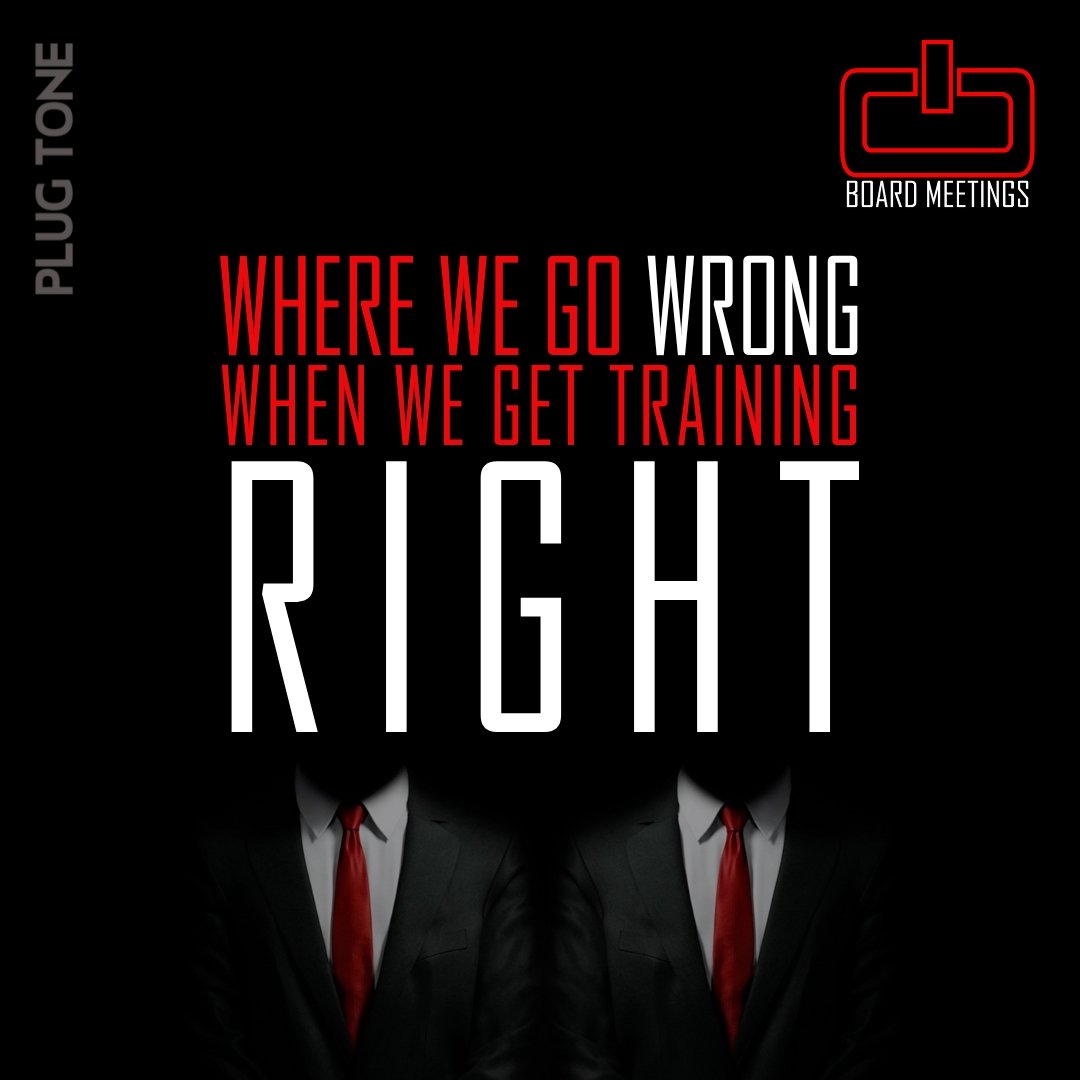


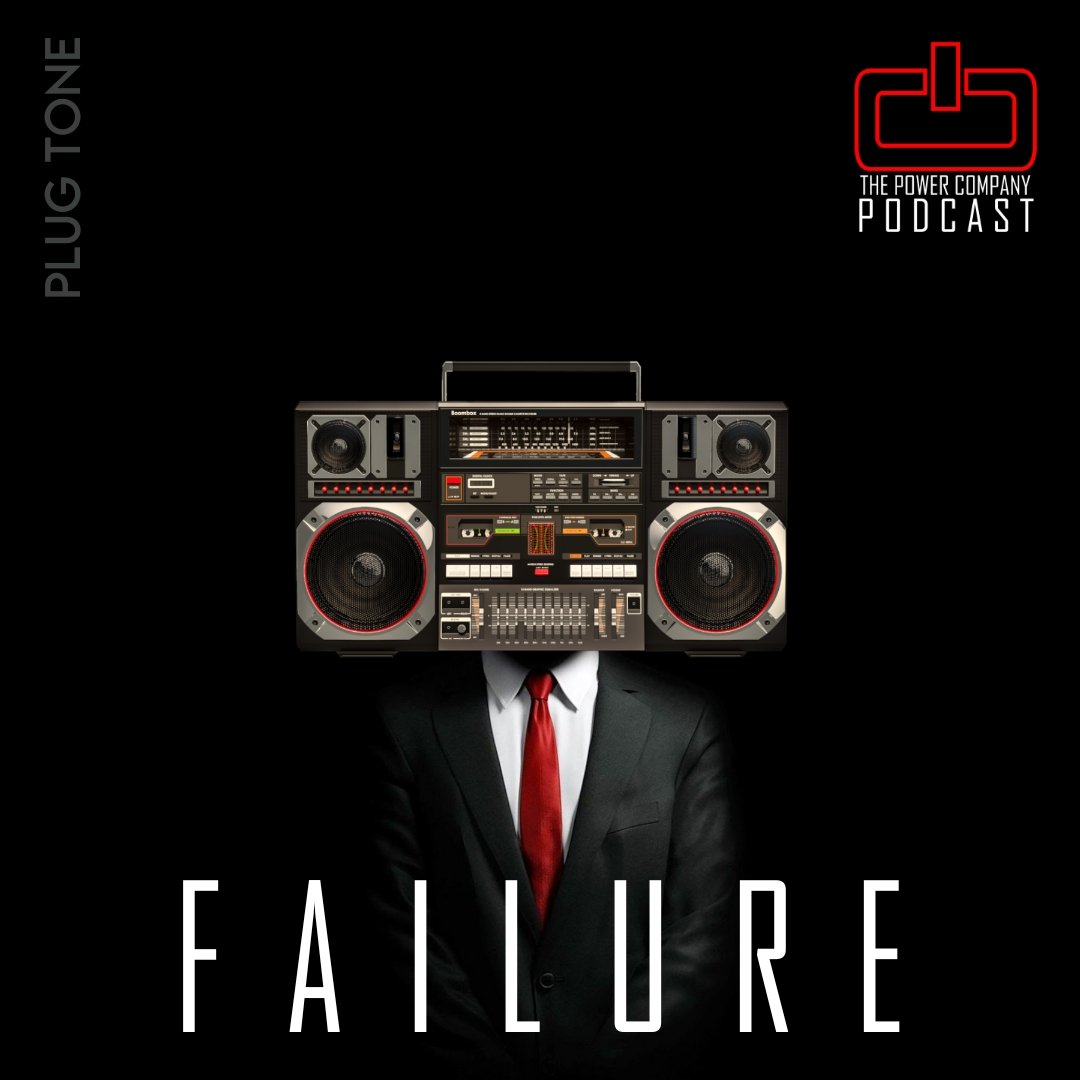
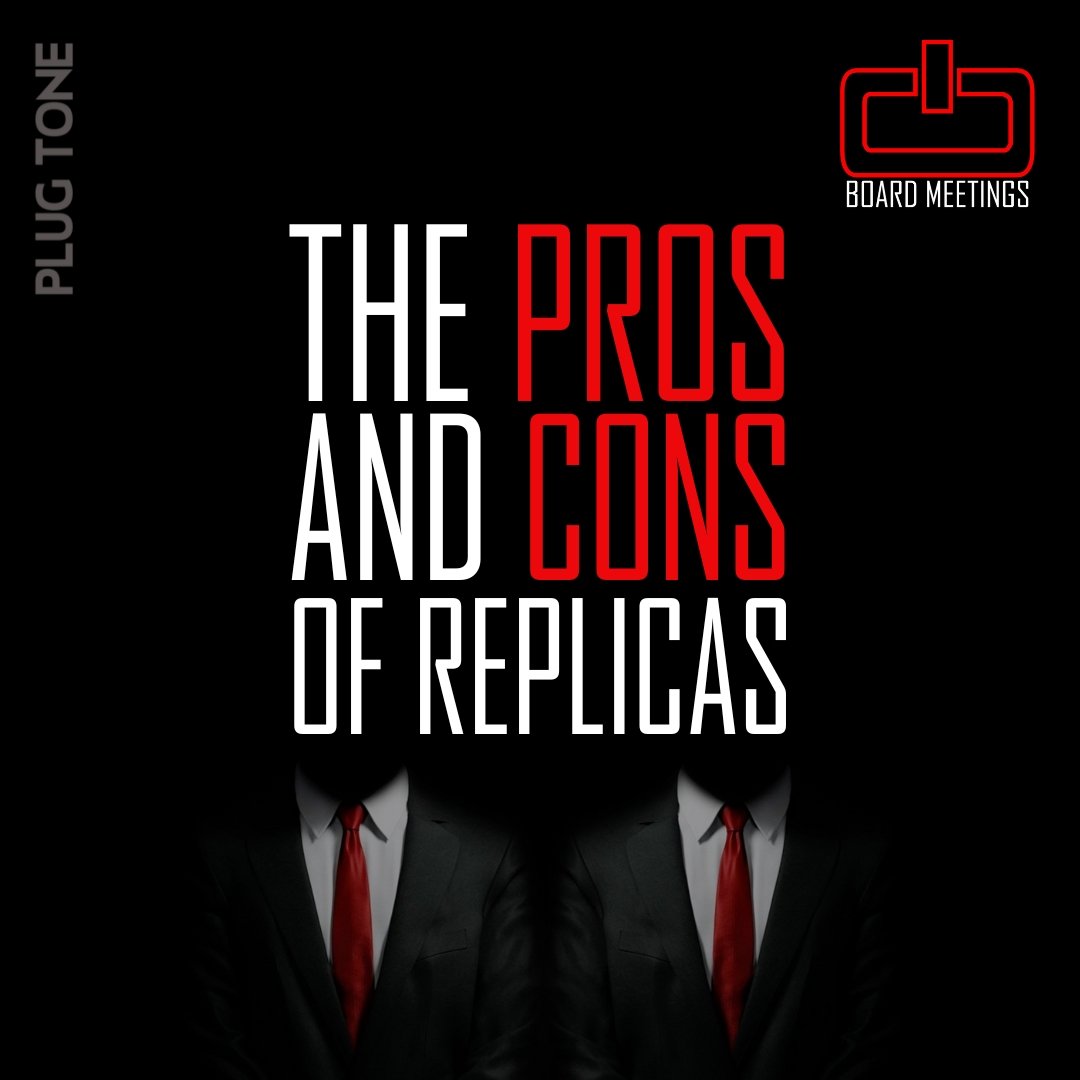


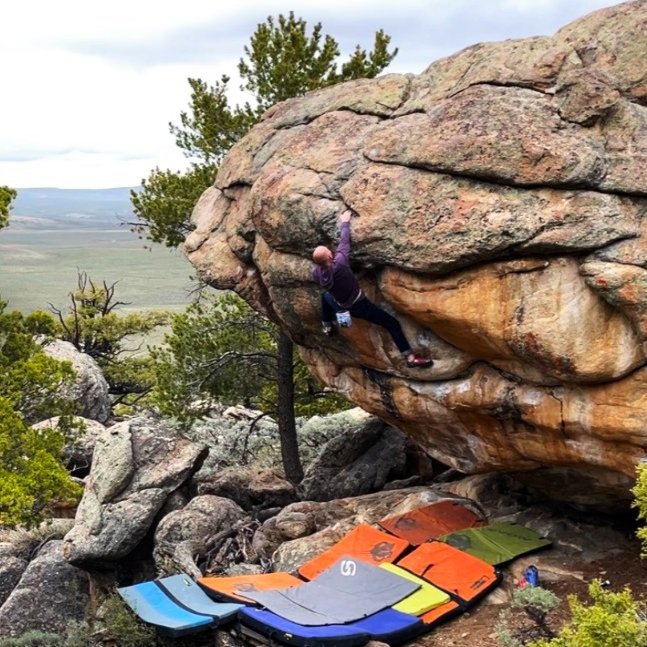

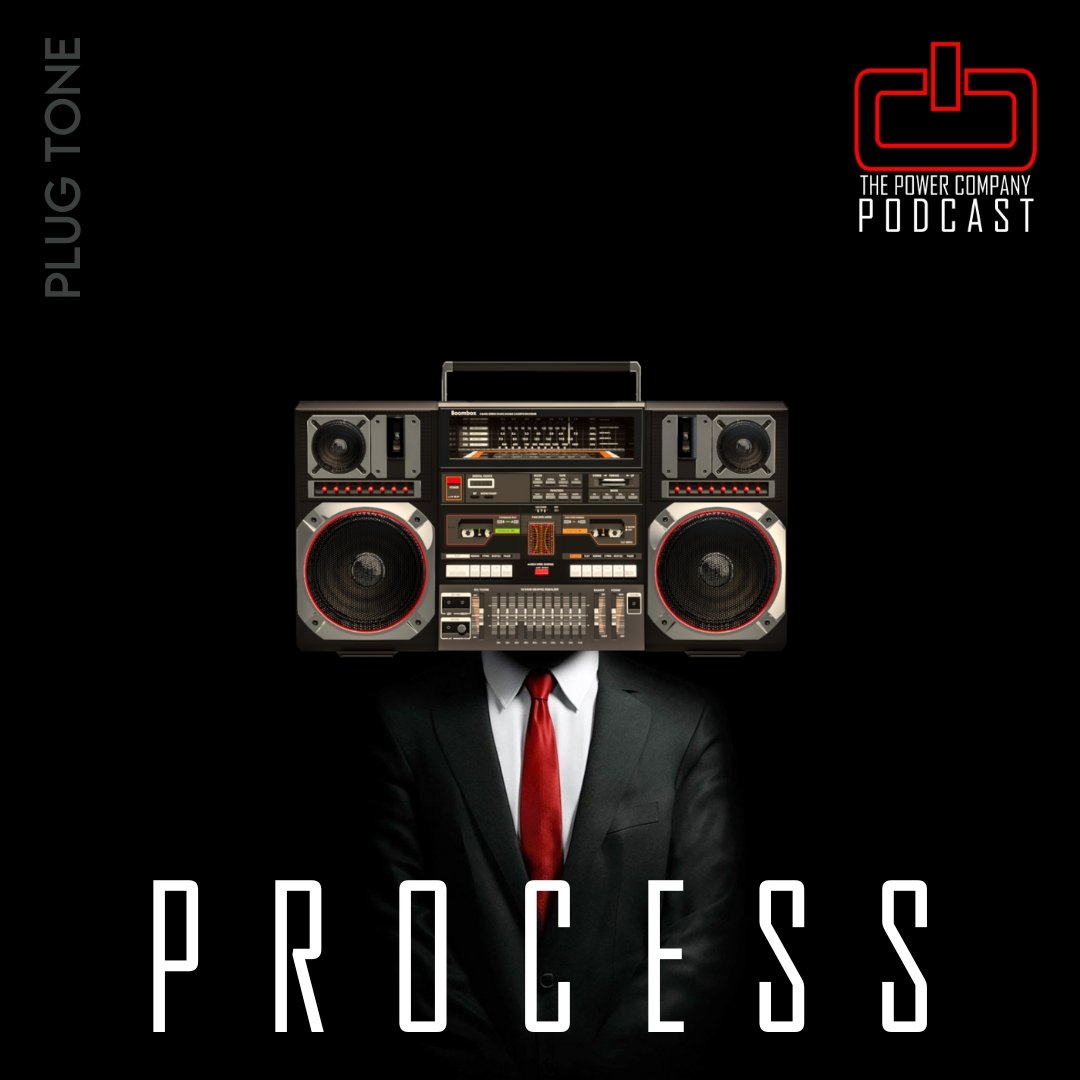















There is one single skill that trumps all others when it comes to being able to climb 5.13… do you have it?